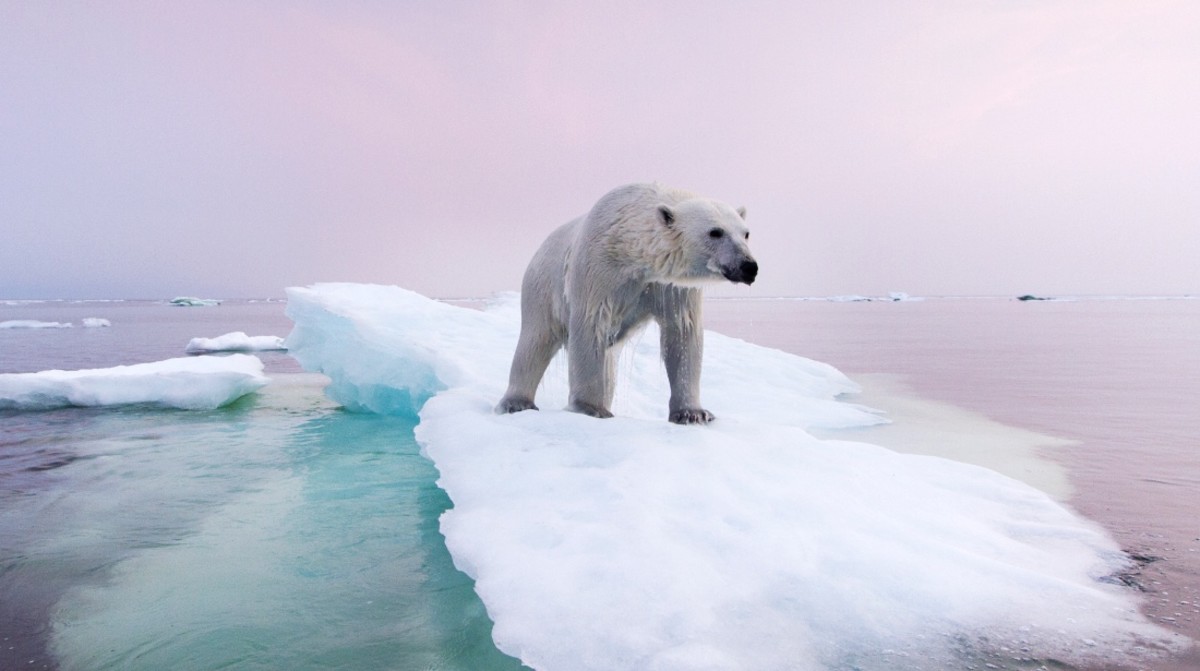No products in the cart.
Fitness Tips
Wildlife Populations Have Plummeted an 'Alarming' Rate in 50 Years

A new report published by the World Wildlife Fund found that global wildlife populations have dropped a catastrophic 73 percent over the past 50 years. And not shockingly, humans are largely to blame.
The research, titled the 2024 Living Planet Report, examined 5,495 species of amphibians, birds, fish, mammals, and reptiles from 1970 through 2020. The assessment, which was measured by the Living Planet Index (LPI), found that freshwater populations have suffered the greatest, with a decline of 85 percent, followed by terrestrial populations at 69 percent, and marine life at 56 percent.
On a regional scale, Latin America and the Caribbean have been hit the hardest with a “concerning” 95 percent drop. Africa was the next most impacted at 76 percent, with Asia and the Pacific both seeing a 60 percent decline in wildlife populations.
Europe and North America weren’t affected quite as harshly, suffering just a 35 percent and 39 percent drop, respectively. However, this is largely due to the fact that these regions were already aware of large-scale human impacts on nature before 1970, and have stabilized or increased some populations due to conservation efforts and species reintroductions.
The biggest threat to global populations in every region has been habitat degradation and loss, which have primarily been driven by food systems. Overexploitation, invasive species, and disease were the next most responsible factors. Other threats include climate change, primarily in Latin America and the Caribbean; as well as pollution in North America, Asia, and the Pacific.
“The LPI and similar indicators all show that nature is disappearing at an alarming rate,” the report’s authors write. “While some changes may be small and gradual, their cumulative impacts can trigger a larger, faster change. When cumulative impacts reach a threshold, the change becomes self-perpetuating, resulting in substantial, often abrupt and potentially irreversible change. This is called a tipping point.”
“In the natural world, a number of tipping points are highly likely if current trends are left to continue, with potentially catastrophic consequences,” the report continues. “These include global tipping points that pose grave threats to humanity and most species, and would damage Earth’s life-support systems and destabilize societies everywhere.”
The report concludes with a dire warning that the next five years will be crucial for the future of life on Earth, to put the planet on a sustainable trajectory before the negative impacts of nature degradation and climate change become irreversible. “The risk of failure is real—and the consequences almost unthinkable,” it sums up.
Source link

